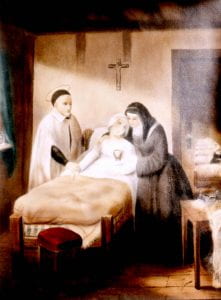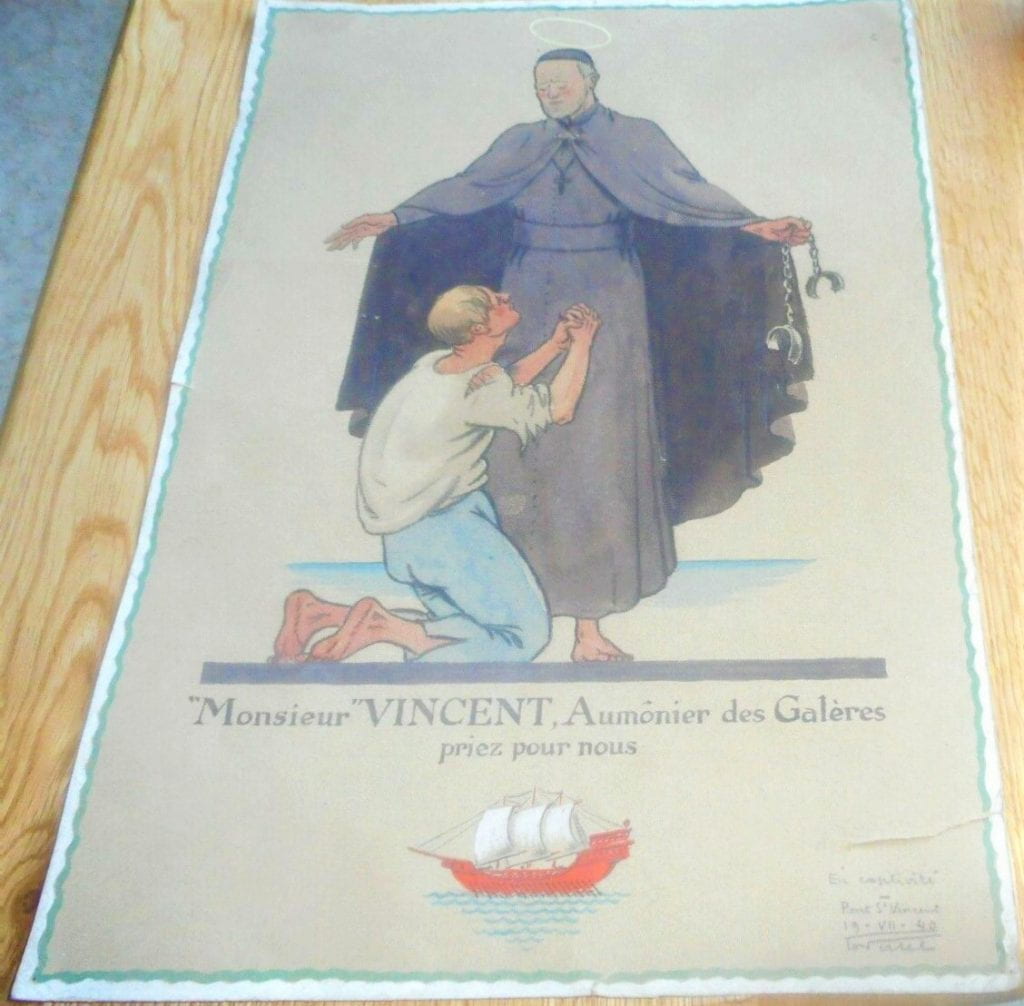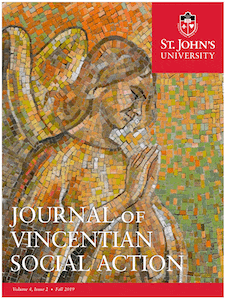
Rev. Stafford Poole, C.M., Ph.D.
6 March 1930 – 1 November 2020
Joseph Poole and his wife Beatrice Smith welcomed a son into the world, Richard Stafford, on March 6, 1930, who was baptized in his parish church of St. Charles Borromeo, in North Hollywood. He attended elementary school at Rio Vista Elementary School, then transferred to the Parish School of St. Charles Borromeo for his Junior High School years. He entered Los Angeles College, the precursor to Our Lady Queen of Angels Seminary in 1942. Stafford entered the Congregation of the Mission on October 7, 1947, and continued his philosophical and theological studies for ordination at St. Mary of the Barrens Seminary in Perryville, Mo. He was ordained to the priesthood on May 27, 1956. He earned the degree of Master of Arts from St. Louis University in 1958 with a major in Spanish Literature and in 1961 earned his Doctor of Philosophy in U.S. and Mexican History from St. Louis University.
As he was completing his doctoral studies, Fr. Poole was planning on researching Slaveholding in Catholic Missouri. However, God intervened. Fr. Bannon, the director of the history department was presented with some rare documents from Latin America that included documents from the Third Council of 1585 and presented Stafford with a project. In Stafford’s own words he describes what happened next:
The next time I walked into Bannon’s office, my life took a total reversal. I got working on it and became fascinated with the whole thing. But actually, I had had only one graduate course in Latin American history, and that was a survey. Other than that, I was self-taught.1
From these beginnings flowed an impressive contribution to the field of Catholicism in Colonial Latin America, as well as his works on the history of the Congregation of the Mission and the US Catholic Church. Included in his life’s work were 14 books, 23 publications in Anthologies and Encyclopedias, 62 journal articles, as well as some unpublished studies on Vincentian themes and numerous book reviews. Among Fr. Poole’s works are Seminary in Crisis (1964); Church and Slave in Perry County, Missouri 1818 – 1860 (co-authored with Douglas Slawson, 1986); and Our Lady of Guadalupe: Origins and Sources of a Mexican National Symbol, 1531 – 1797 (1995). Fr. Poole was also a longtime member of the DePaul University Vincentian Studies Institute, and served as the editor of Vincentian Heritage and other of their publications over many years. In 2006 he received the Institute’s prestigious Pierre Coste Prize for his lifetime of distinguished achievement in Vincentian Studies.
While many would count this a complete life’s work, Fr. Poole was also a teacher, academic dean, and seminary rector. His students not only remember his lectures with fondness, but also appreciated his wit and wisdom. Stafford was a clock maker. He spent his leisure time making and repairing clocks of all sorts. After he had left St. Mary of the Barrens in 1971, students would comment that “Fr. Poole needs to come back to the Barrens to fix the clock on the A Building!”
During his retirement, Fr. Poole continued to be active as a scholar and mentor. He encouraged other confreres to take up the critical history of the Congregation of the Mission. He supported his colleagues in both the American Catholic Historical Association and other professional organizations to continue the study the Church’s earliest mission activity in Latin America and its impact upon the people.
Infirmity overcame Fr. Poole in his final years, as his health declined, he slowly put aside the unfinished research and prepared to meet his Creator. He returned to the Barrens to receive added care. On the Feast Day of All Saints, he returned to his Creator. A Vincentian who dedicated his life to telling the story of the life of Colonial Latin American Church and the Little Company.
1) Susan Schroeder, “Seminaries and Writing the History of New Spain: An Interview with Stafford Poole, C.M.,” The Americas 69:2 (2012), 237-254.
 The DePaul University Vincentian Studies Institute is pleased to announce the publication of our newest peer-reviewed e-book edition of Vincentian Heritage (Volume 35, Number 2).
The DePaul University Vincentian Studies Institute is pleased to announce the publication of our newest peer-reviewed e-book edition of Vincentian Heritage (Volume 35, Number 2).







